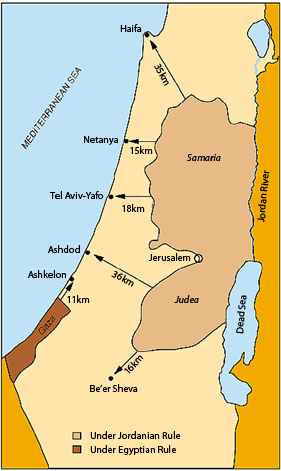4. The successive Israel Labour governments from 1948 to 1967 operated within a democratic socialist framework in which many of the larger industries were operated by the Trade Union movement, and most agricultural enterprises were co-operatively owned. Throughout this period the country faced severe economic problems. The cost of both absorbing hundreds of thousands of immigrants and spending on defence, and consequent debt service, resulted in almost permanent state of currency depreciation and runaway inflation.
5. The situation was exacerbated by the economic boycott enforced by the Arab League. This took the form of both a direct refusal to trade with Israel and a more serious “secondary boycott” under which companies trading with Israel were themselves boycotted by the members of the Arab League.
6. By the 1950’s the Soviet Union, which had supported Israel in 1948, became active in supporting the Arab countries and encouraging them to attack. It supplied arms, including tanks and sophisticated aircraft, and military advisers, to Syria and Egypt. Meanwhile Israel looked to France for military supplies, and only later to the United States.

